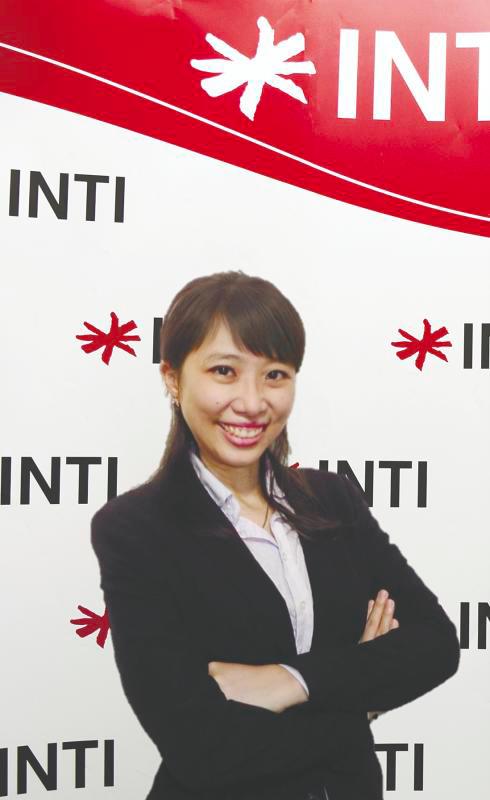MALAYSIA has an abundance of fruit, which contributes to fruit waste. In 2017, the amount of such refuse amounted to 1.45 million tonnes.
To Inti International University, this presented a valuable opportunity.
Its Faculty of Engineering and Quantity Surveying associate professor Dr Low Wen Pei and her team did extensive research to transform this often discarded agricultural waste, composed of fruit peel from a wide variety of locally grown fruit, into a viable material for treating contaminated water.
Their study emphasises the effectiveness of peel from rambutan, watermelon and mango in adsorbing iron, copper and zinc after undergoing specific treatment processes.
“This study delves into the adsorption capacity of treated fruit peel, specifically those from rambutan, watermelon and mango, for extracting iron, copper and zinc metal ions from water. Given that fruits serve as raw material for various products, the resulting waste includes the peel and seeds,” said Low.
“Despite abundant water resources, Malaysia faces a water crisis due to growing demand and insufficient supply, poor water management and ineffective basin planning. Costly and high-tech water treatment solutions may not be feasible for all communities, highlighting the need for low-cost, alternative materials for treating contaminated water.”
“Fruit peel have emerged as a cost effective alternative for removing metal ions from water, offering an economical solution,” she added.
The application of mango, rambutan and watermelon peel as adsorbents for copper, iron, and zinc is a new concept.
These metals are common in fertilisers and pesticides, and are major pollutants in rivers near agricultural sites.









